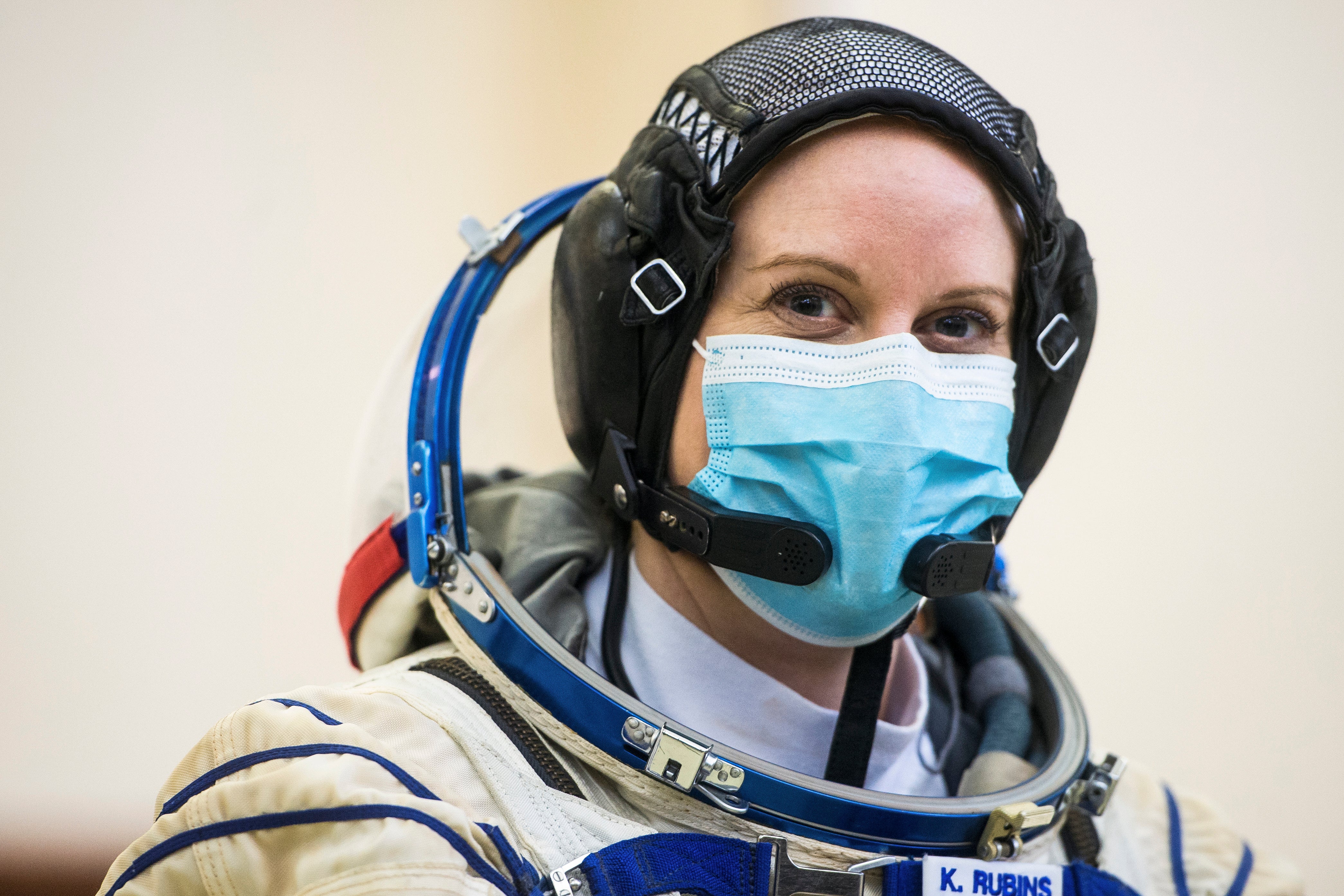US election: Nasa astronaut plans to cast her ballot from space station
NASA astronaut Kate Rubins told The Associated Press on Friday that she plans to cast her next vote from space – more than 200 miles above Earth

Your support helps us to tell the story
From reproductive rights to climate change to Big Tech, The Independent is on the ground when the story is developing. Whether it's investigating the financials of Elon Musk's pro-Trump PAC or producing our latest documentary, 'The A Word', which shines a light on the American women fighting for reproductive rights, we know how important it is to parse out the facts from the messaging.
At such a critical moment in US history, we need reporters on the ground. Your donation allows us to keep sending journalists to speak to both sides of the story.
The Independent is trusted by Americans across the entire political spectrum. And unlike many other quality news outlets, we choose not to lock Americans out of our reporting and analysis with paywalls. We believe quality journalism should be available to everyone, paid for by those who can afford it.
Your support makes all the difference.NASA astronaut Kate Rubins told The Associated Press on Friday that she plans to cast her next vote from space – more than 200 miles above Earth.
Rubins is just outside Moscow in Star City, Russia, preparing with two cosmonauts for a mid-October launch and a six-month stay at the International Space Station.
“I think it’s really important for everybody to vote,” Rubins said. “If we can do it from space, then I believe folks can do it from the ground, too.”
Most U.S. astronauts live in Houston. Texas law allows them to vote from space using a secure electronic ballot Mission Control forwards the ballot to the space station and relays the completed ballot back to the county clerk.
“It’s critical to participate in our democracy,” Rubins said. “We consider it an honor to be able to vote from space.”
NASA astronauts have voted from space before. Rubins and Shane Kimbrough cast their votes from the International Space Station.
Rubins, the first person to sequence DNA in space, plans to work on a cardiovascular experiment and conduct research using the space station’s Cold Atom Lab.
While she’s there, she’ll celebrate the 20th anniversary of continuous human presence on the space station, and welcome the crew of the second SpaceX commercial crew mission, expected to arrive in late October.
_____
Follow Alex Sanz on Twitter at @AlexSanz.